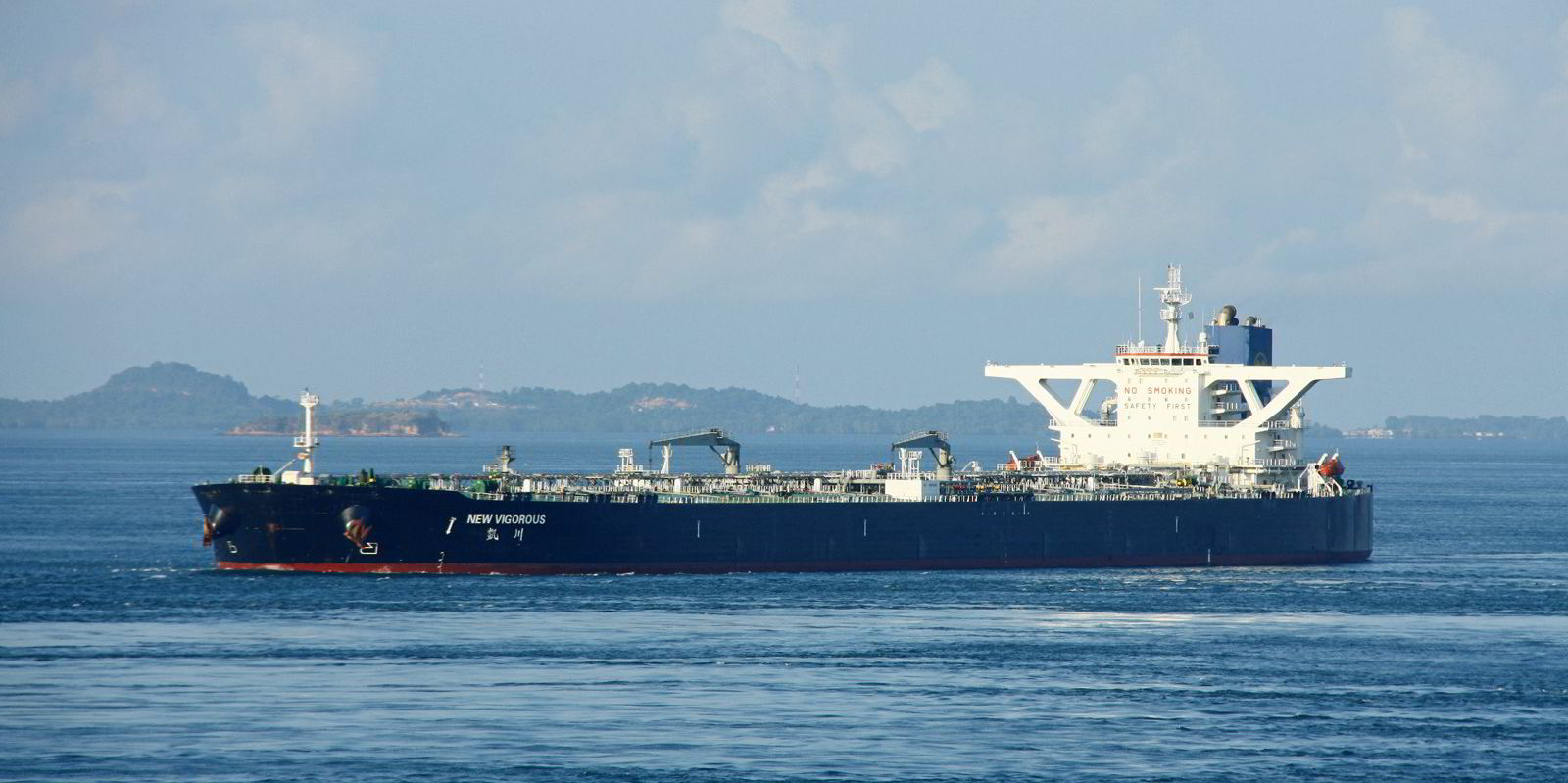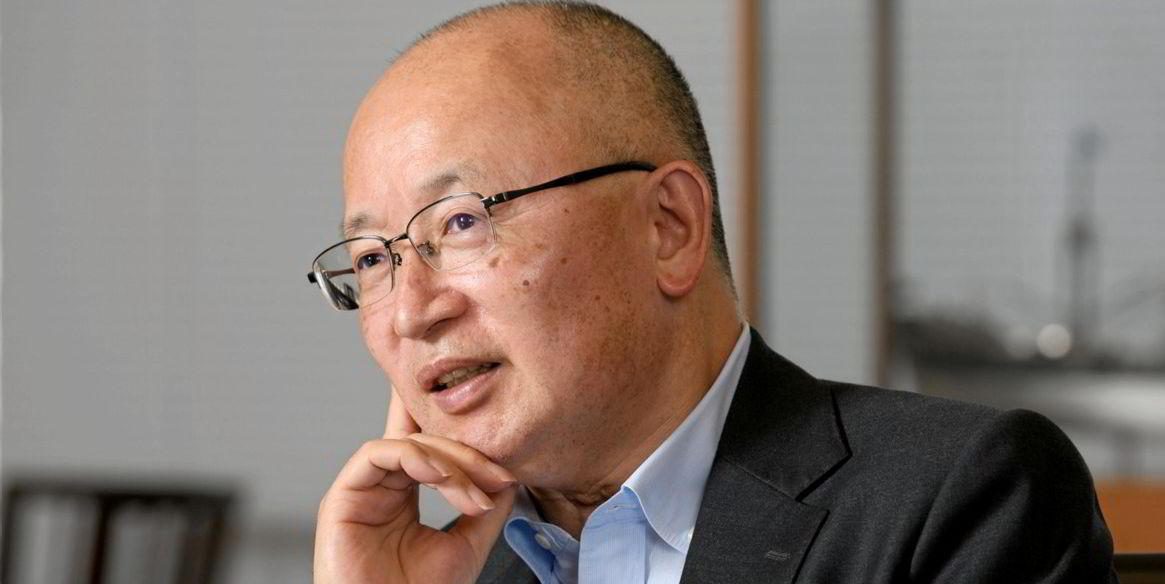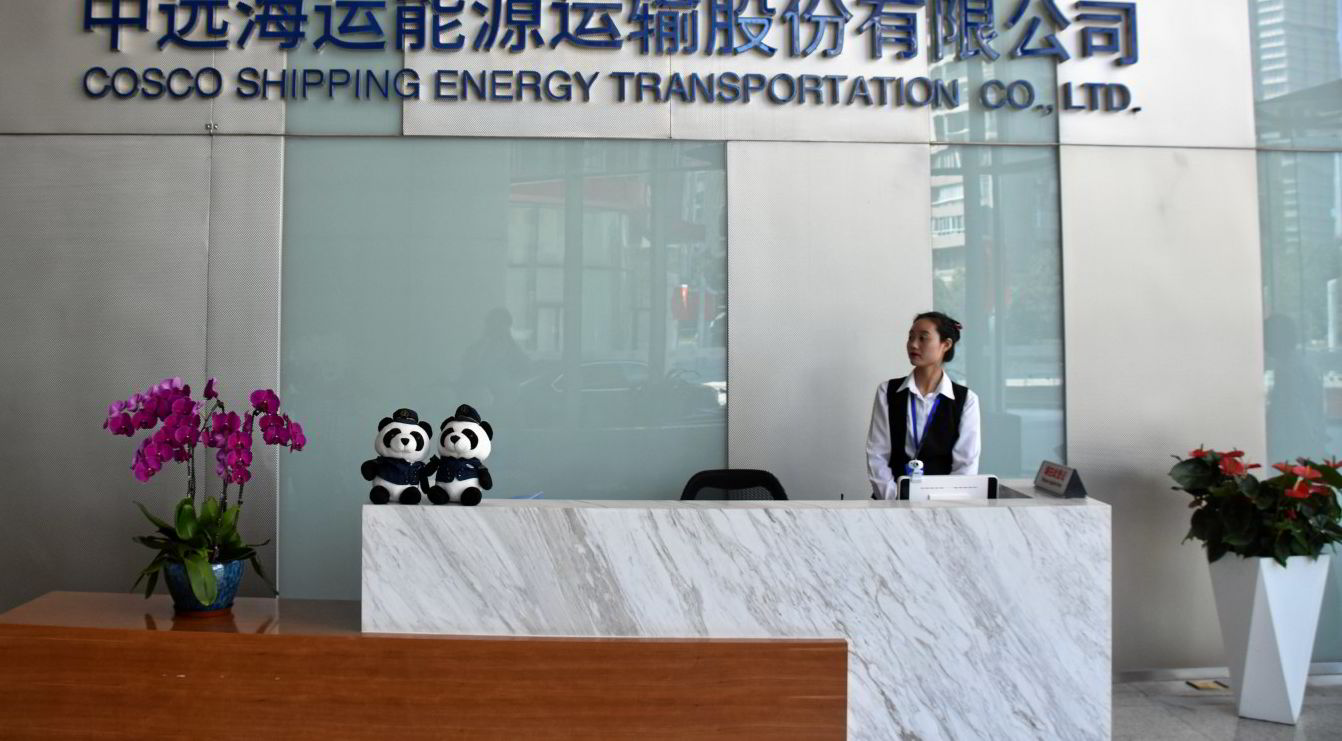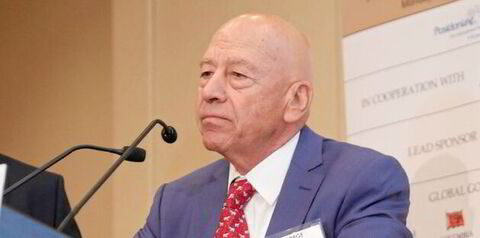Like their peers in the West, major Asian tanker owners have faced huge market uncertainty in recent quarters due to the ever-evolving coronavirus pandemic.
But not all are taking the same approach in the volatile rate environment.
Private enterprises with a more international outlook have mainly reduced their fleet sizes amid persistent oversupply worries.
In contrast, state-backed companies with close access to an expanding home cargo base are operating more vessels — or at least maintaining their shipping capacity.
Still the ‘Big 3’?
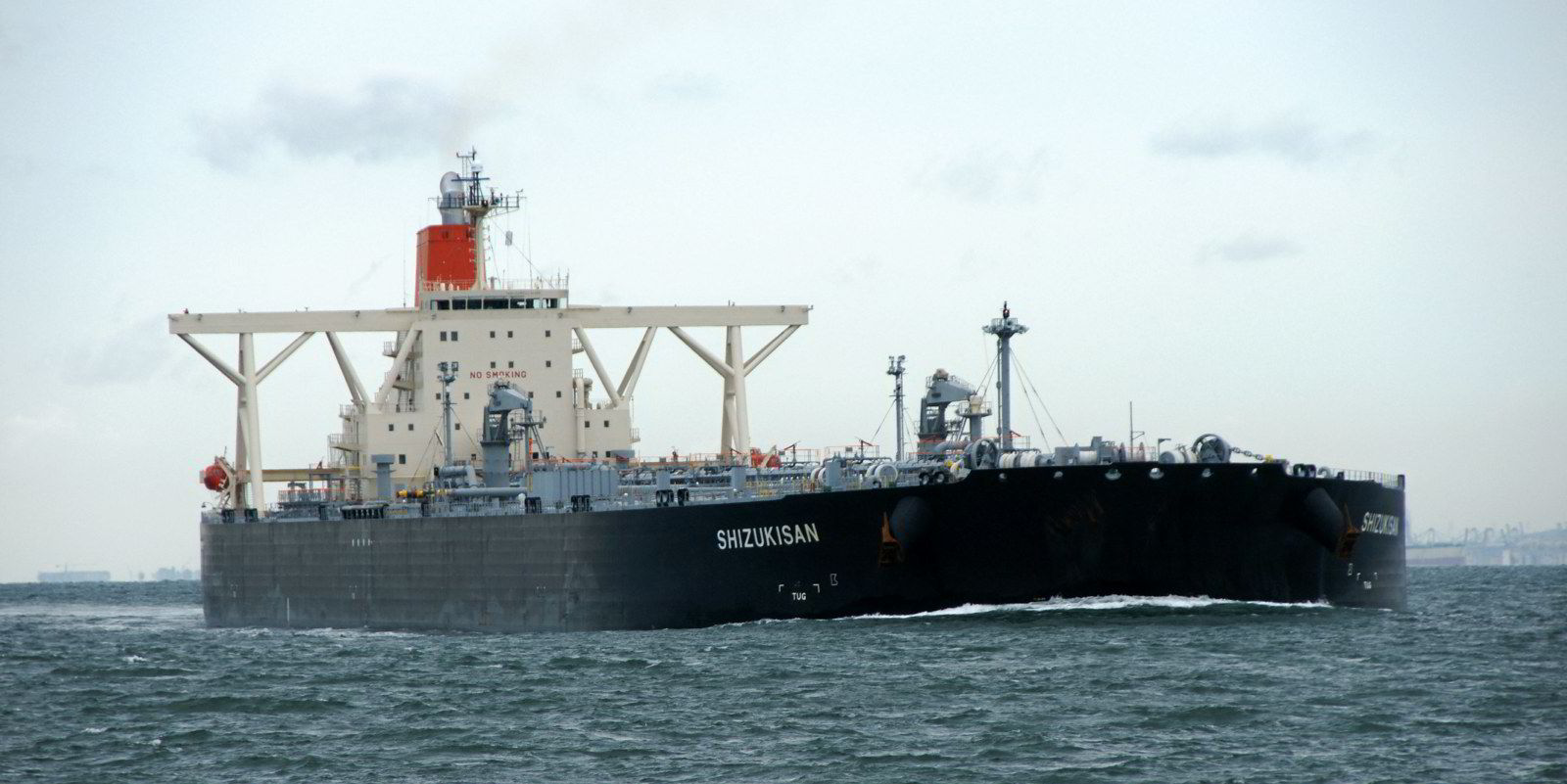
In Japan, where oil consumption has been gradually falling since the mid-1990s, big tanker operators are not relying on domestic business as much as they once were.
NYK Line was engaged in 130 tanker voyages in the first half of 2021, of which 58% neither started nor ended in its home country, VesselsValue figures suggest.

With its large exposure to weak international business, the shipping conglomerate has reportedly been selling aged ships without buying any more.
Looking forward, NYK plans to adjust its VLCC fleet size “in the careful consideration of our key customers’ requirement, including potentiality”.
“Meanwhile, aiming to reduce greenhouse gas emissions, we would like to advance the changeover to environment-friendly ships such as LNG-fuelled vessels,” the company said.
NYK intends to maintain its current MR fleet but could seek more capacity to address the demand for low-carbon fuels, the company suggested.
Mitsui OSK Lines carried out 322 tanker voyages between January and June, including 226 not involving Japanese ports.
The Tokyo-listed company had 40 crude tankers, totalling 10.7m dwt, and 21 product tankers, totalling 1.3m dwt, on 30 June. It expects to operate 39 crude and 15 product tankers by the end of March, according to its latest quarterly report.
MOL declined to elaborate on its fleet plan, but presented a mixed market outlook.
“The VLCC market is expected to remain weak … But [it] is anticipated to recover gradually in the second half as economic activities resume,” the company said.
VesselsValue data showed 49% of K Line’s tanker journeys were outside of Japan in the first half of the year. The company has maintained a fleet of 12 tankers in recent years.
Growing oil demand in China
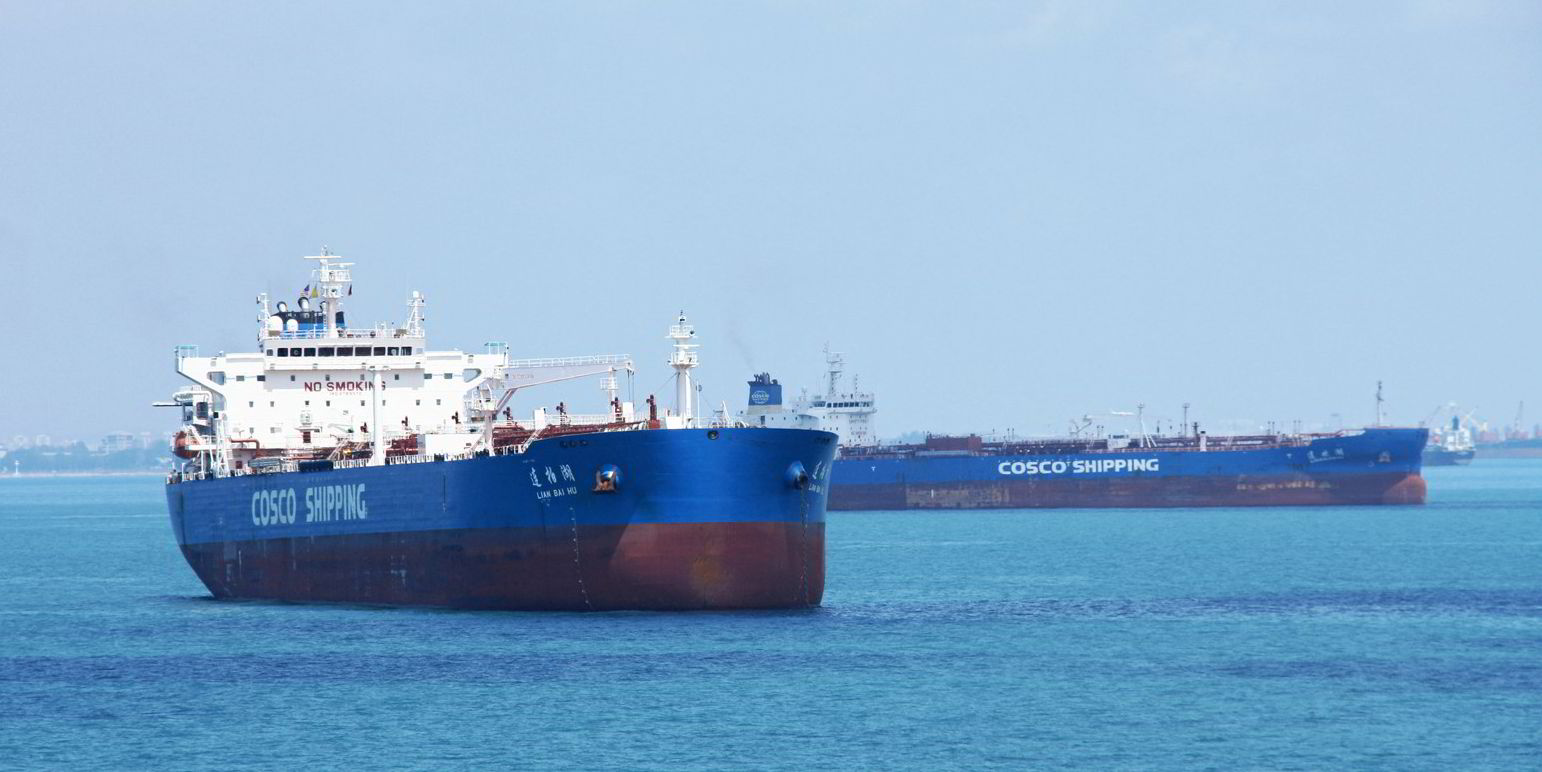
Cosco Shipping Energy Transportation, the tanker arm of state-owned China Cosco Shipping, has continued its rapid expansion.
The company had 164 oil tankers, totalling 24.6m dwt, under its control at the end of March, up from 150 ships, of 22m dwt, a year before.
The build-up came as Cosco Energy was able to tap into the buoyant Chinese oil trade. VesselsValue figures revealed 80% of its 1,192 tanker voyages from January through to the end of June either started or finished in China.
China Merchants Energy Shipping, part of state-run China Merchants Group, has kept its fleet at about 50 VLCCs.
Observers said the Chinese owners were cushioned by compatriot refiners’ import requirements even when international markets were weak.
China’s seaborne crude imports will reach an all-time high of 10.1m barrels per day (bpd) in 2021, compared with 9.87m bpd last year, Clarksons Research has forecast.
“They are quite protected by cargoes from Chinese state energy majors in the downcycle,” a broker said.
Healthy Indian growth
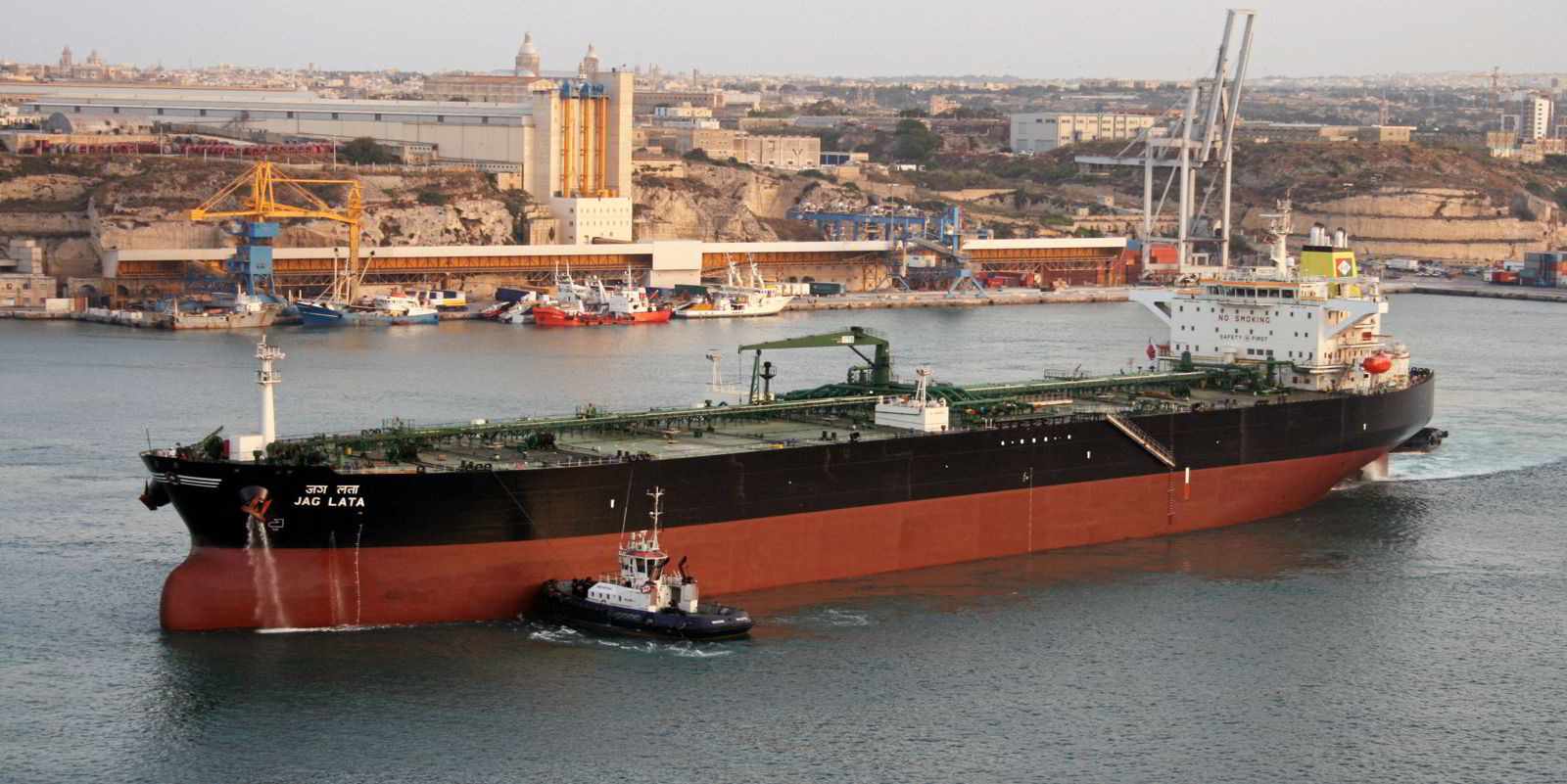
India, the world’s third-largest oil consumer, has been importing more crude despite being hit hard by the pandemic.
Kpler figures showed the country’s seaborne imports amounted to 4.21m bpd between January and June, up from 3.99m bpd in the same period of last year.
State-controlled Shipping Corp of India, which has little oil shipping business outside of its home country, has maintained a stable of about 30 tankers, however, its fleet development is believed to be on hold as New Delhi seeks to privatise it.
Great Eastern Shipping, which is privately owned and has a much larger proportion of non-India business, has shed three crude tankers — two suezmaxes and an aframax — and added one product tanker to its fleet in the past 12 months.
“Going forward, oil demand is expected to pick up … [as] economic activity partly restores,” Great Eastern said in its annual report.
“However, concerns including the slow [pace] of vaccination, efficacy of the vaccines and second/third wave in several countries, continue to hang over oil demand in the near term.”
